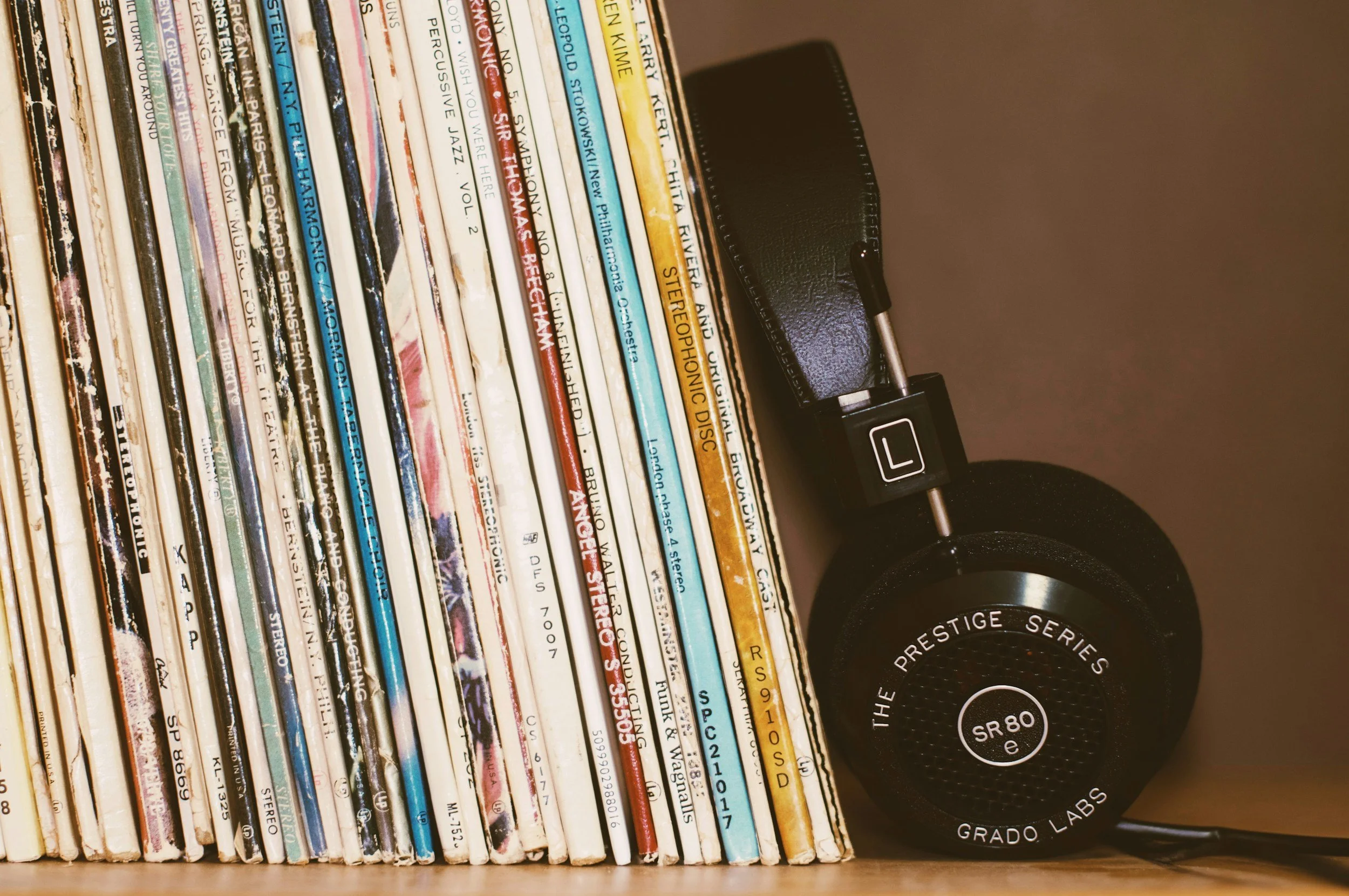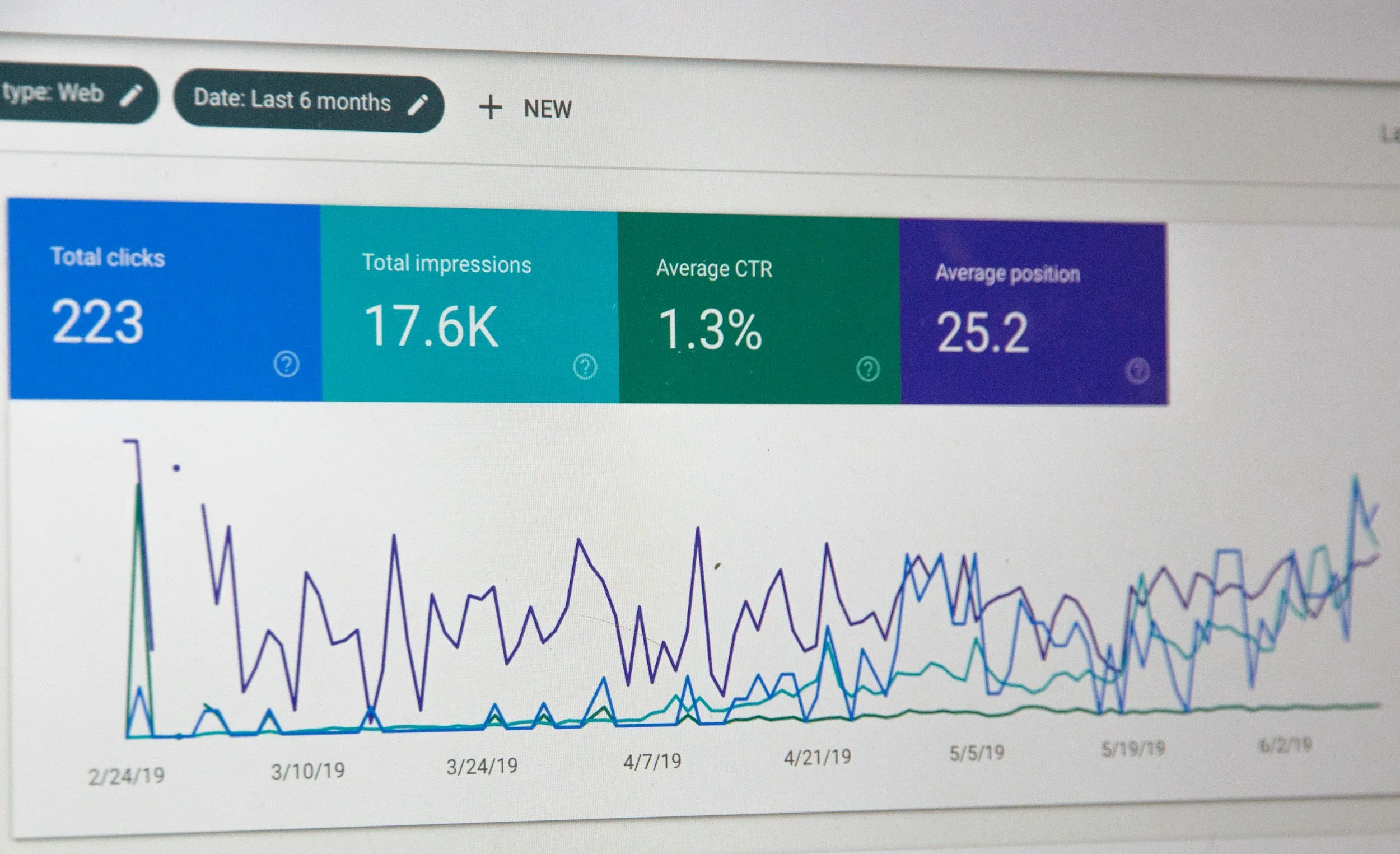The (Almost) Lost Art of Listening: Reclaiming Joy in a Bluetooth World
Dust off that record player, feel the album cover in your hands, and let the music take you on a journey—a journey that honors both the convenience of modern technology and the timeless magic of truly immersive listening.
Remember when music wasn’t just a background hum at your local coffee shop but a tangible, immersive experience? Thanks to the rise of wireless and/or Bluetooth speakers and the endless buffet of streaming playlists, music has, in many ways, been transformed into a mere commodity. A recent Atlantic article—"Bluetooth Speakers Are Ruining Music"—explores this modern paradox, questioning whether our convenience is costing us the magic of truly engaging with our tunes.
The Commodification of Music
We are in a tech-saturated era, music is everywhere. With a simple tap on your phone, you can summon a world of sound without ever having to interact with a physical medium. This ease of access has turned music into a service (MaaS)—an item to be consumed on the fly, much like a quick snack rather than a full-course meal. The Atlantic article paints a vivid picture of how Bluetooth speakers, those pocket-sized prophets of wireless freedom, are inadvertently contributing to this commodification.
We are in a tech-saturated era, music is everywhere. With a simple tap on your phone, you can summon a world of sound without ever having to interact with a physical medium. This ease of access has turned music into a service (MaaS)—an item to be consumed on the fly, much like a quick snack rather than a full-course meal.
While these speakers bring undeniable convenience, they also strip away the ritualistic element of music listening, specifically fidelity.
Once, cradling a vinyl record or a CD was an event (and it still is for yours truly)—a deliberate, tactile interaction with the medium that elevated the listening experience. Today, pressing “play” on a streaming app is so effortless that it risks turning music into a background filler rather than a focal point of our day.
The Allure of Tactile Listening
There’s something intrinsically satisfying about the tangible aspects of music consumption. Whether it’s the tactile sensation of flipping through a record collection, the satisfying click of a CD case, or even the ritual of assembling a modern or vintage stereo system, these little rebellious practices invite us to slow down and savor the moment. They create a space where music isn’t just something you hear—it’s something you feel, something that demands your full attention.
These little rebellious practices invite us to slow down and savor the moment.
When we let Bluetooth speakers—and the culture of on-demand music—take over, we often find ourselves multitasking: working, scrolling through social media, or half-listening while we run errands. This fragmented way of consuming music might be convenient, but it robs us of the deep connection we can forge with our favorite songs. Engaging physically with music—the album art, the liner notes, even the feel of a well-worn record—is an experience that digital streaming simply cannot replicate.
The Importance of Dedicated Time for Thoughtful Listening
The Atlantic piece serves as a wake-up call: in our rush for convenience, we risk losing the thoughtful, reflective space that quality music deserves. Here’s why setting aside dedicated time to listen can transform your musical experience:
Deep Connection: When you carve out time to truly listen, you allow yourself to connect with the nuances of the music—its layers, its mood, its story. This connection can lead to a richer, more personal relationship with the art form.
Mindfulness and Presence: Thoughtful listening is a form of mindfulness. It requires you to be present, to put aside distractions, and to immerse yourself fully in the sound. This can be a much-needed respite in our hyper-connected, always-on world.
Rediscovering Rituals: Reviving the tactile aspects of music—such as dusting off a vintage record player or exploring a local record store—can bring back a sense of ritual and joy. These activities remind us that music is not just a commodity but a form of art that deserves time and respect.
Enhanced Appreciation: By slowing down, you allow the music’s details to emerge. You might notice the subtle guitar riff in the background, the delicate harmony in a chorus, or the emotion in a singer’s voice—all of which can be lost in the rush of casual listening.
This fragmented way of consuming music might be convenient, but it robs us of the deep connection we can forge with our favorite songs. Engaging physically with music—the album art, the liner notes, even the feel of a well-worn record—is an experience that digital streaming simply cannot replicate.
Embracing a Hybrid Approach
It isn’t about rejecting technology entirely but rather finding a balance. Bluetooth speakers and streaming services aren’t inherently evil—they’re tools that have revolutionized how we access music. However, acknowledging their limitations and deliberately making time for tactile, thoughtful listening can enrich our lives in unexpected ways.
Imagine a lazy Sunday afternoon: you could simply tap play on your favorite streaming service, or you could take a detour and rediscover the pleasure of digging through your record collection. Perhaps even host a “listening party” where friends gather not just to hear music but to experience it together—discussing favorite tracks, sharing memories, and reconnecting with the art form in a way that no playlist algorithm could ever replicate.
The commodification of music, highlighted by the convenience of Bluetooth speakers, is a double-edged sword. On one side, we have unprecedented access to an endless stream of tunes. On the other, we risk diluting the richness of our musical experiences. The Atlantic article serves as an important reminder that while technology has its place, there’s unparalleled value in the tactile, thoughtful engagement with music.
So next time you’re about to hit play on your phone, consider setting aside a moment to truly listen. Dust off that record player, feel the album cover in your hands, and let the music take you on a journey—a journey that honors both the convenience of modern technology and the timeless magic of truly immersive listening.
Monday Morning Marketer: Full Funnel Integration
By adopting these best practices, brands can create a cohesive, high-impact marketing strategy that nurtures prospects, maximizes conversions, and fosters long-term customer relationships.
Best Practices for Full-Funnel Integrated Marketing: Maximizing Impact with Automation, Content, Lifecycle Marketing, and Demand Generation
A well-executed full-funnel integrated marketing strategy ensures a seamless customer journey from awareness to advocacy. By leveraging an integrated campaign with specific focus on marketing automation, content marketing, lifecycle marketing, and demand generation, businesses can create a cohesive approach that drives efficiency and performance. Here are best practices to optimize each component for maximum impact.
Marketing Automation: Enhancing Efficiency and Personalization
Marketing automation streamlines repetitive tasks, personalizes customer interactions, and nurtures leads effectively (learn more). To maximize its potential, segment audiences intelligently using behavioral and demographic data to create tailored audience segments, ensuring relevant messaging at each touchpoint. Implement lead scoring models to prioritize high-intent leads and nurture lower-scoring prospects with automated email sequences and retargeting. Integrate automation across email, social media, paid ads, and SMS to maintain consistent communication and drive conversions. Regularly test subject lines, CTAs, content, and workflows to refine performance and improve ROI.
Content Marketing: Fueling Engagement and Conversion
Content is the backbone of an integrated marketing strategy, attracting and educating prospects at each funnel stage (guide to content marketing). To optimize content marketing, map content to the customer journey by leveraging blog posts, social media, and videos to introduce your brand and address customer pain points in the awareness stage. Provide in-depth resources such as webinars, whitepapers, and case studies to showcase value during the consideration stage. Offer product demos, free trials, and testimonials to build trust and encourage conversions at the decision stage. Ensure content is optimized for search and strategically distributed through owned, earned, and paid channels. Repurpose high-performing content into multiple formats, such as transforming a blog into an infographic or a webinar into a podcast, to maximize reach.
Lifecycle Marketing: Driving Retention and Advocacy
Lifecycle marketing focuses on nurturing relationships beyond acquisition to build long-term loyalty (read more). Create automated onboarding sequences with helpful content and guidance to ensure a smooth customer experience. Send personalized messages based on user actions, such as cart abandonment reminders, renewal prompts, or upsell opportunities. Develop loyalty and advocacy programs to reward repeat customers and encourage user-generated content, referrals, and reviews to build brand advocacy. Leverage email, in-app messaging, and exclusive content to keep customers engaged and minimize churn.
Demand Generation: Creating Sustainable Growth
Demand generation bridges the huge gap between awareness, consideration, and conversion, focusing on long-term customer acquisition strategies (explore demand generation). Use intent data, account-based marketing (ABM), and predictive analytics to focus efforts on high-value prospects. Align efforts across paid media, organic search, social media, and events to generate consistent brand awareness and demand. Offer valuable resources like industry reports, toolkits, and webinars to capture high-quality leads. Foster collaboration between sales and marketing teams to ensure seamless lead handoff and follow-ups.
My Specialty: The Power of Integration
A successful full-funnel integrated marketing strategy hinges on the seamless collaboration of automation, content, lifecycle marketing, and demand generation. Establish unified KPIs to set shared goals across teams and measure funnel performance holistically. Leverage data and analytics using dashboards and attribution models to track campaign effectiveness and optimize accordingly. Continuously refine strategies based on performance data, customer insights, and evolving market trends.
By adopting these best practices, brands can create a cohesive, high-impact marketing strategy that nurtures prospects, maximizes conversions, and fosters long-term customer relationships.
AI disclaimer: AI was used as a post-write proofreader and provided work replacement suggestions and spelling and typographical assistance. Model: GPT-4o
Lumon is hiring, are you ready?
The best way to get hired isn’t just to apply—it’s to make them wonder how they ever operated without you.
A fun one for today. Happy Monday!
Applying to jobs through traditional channels often feels like throwing your résumé into the void. You craft the perfect cover letter, optimize your LinkedIn profile, and hit “submit,” only to be met with... silence.
But what if we took a more severed approach?
Apple TV+’s Severance introduced us to Lumon Industries, a company where employees literally separate their work and personal identities. While we wouldn’t recommend surgically splitting your consciousness to optimize productivity (yet), there’s something to be said for rethinking how you present yourself to potential employers.
Instead of getting lost in the black hole of applications, here are a few unconventional ways to stand out—without needing a "severed" self.
The Power of the Unexpected Personal Brand
Think of your job search like a marketing campaign. Would Lumon hire you based on a dull, text-heavy résumé? Unlikely. They’d be looking for someone who feels like they already belong in the company’s eerie, cult-like ecosystem.
Take inspiration from their unnervingly vague LinkedIn page, which presents cryptic, loyalty-driven messaging rather than traditional corporate jargon. Can you mirror this approach by crafting a unique personal brand that intrigues rather than informs? Maybe a creative portfolio disguised as an employee handbook. A résumé formatted like a press release. A website that looks like an old corporate intranet. The goal? Be memorable.
Make Your Own Elevator (or Break Room) Moments
In Severance, workers are confined to endless hallways, never quite sure where they’re headed. Sound familiar? The job hunt often feels just as disorienting. But instead of wandering aimlessly, what if you strategically placed yourself in the “right hallway”?
Rather than waiting for a recruiter to reach out, consider unconventional networking tactics:
Create engaging LinkedIn content that sparks discussion in your industry (like this 😳).
Send personalized video messages to hiring managers instead of cover letters.
Show up at industry events in unexpected ways—perhaps even creating your own micro-event or digital roundtable to discuss trends.
Think of it as crafting your own moment; space where the right conversation could lead to unexpected opportunities.
Build a Work Sample That Can’t Be Ignored
Imagine submitting an application to Lumon. Would “The Board” be impressed?
Your future employer should not require quite the same level of... compliance, but they do want proof that you can do the job. Instead of listing qualifications, demonstrate them:
If you’re a marketer, launch a creative campaign showcasing your skills.
If you’re a writer, create an “internal memo” from your future self at the company.
If you’re in product design, prototype an idea that improves their offering.
Give them something they can’t ignore—something so compelling that they must bring you in.
Engage Directly with the Company’s Digital Presence
One of the most fascinating things about Lumon’s real-world LinkedIn presence is how it acts like a real company, despite being fictional. This demonstrates a brilliant use of digital storytelling—something job seekers can replicate.
Commenting thoughtfully on a company's posts, engaging with employees, and even crafting speculative work tied to their brand can set you apart. Want to work at a cutting-edge agency? Reimagine one of their past campaigns and post it on LinkedIn. Targeting a media company? Write an article about how they could expand their audience. The goal is to show up in their orbit as a problem-solver, not just another applicant.
Be unforgettable
Your job search shouldn't feel that way. You don’t have to rely on the same repetitive process everyone else follows. Break free from the expected, leverage creativity, and take risks.
After all, the best way to get hired isn’t just to apply—it’s to make them wonder how they ever operated without you.




